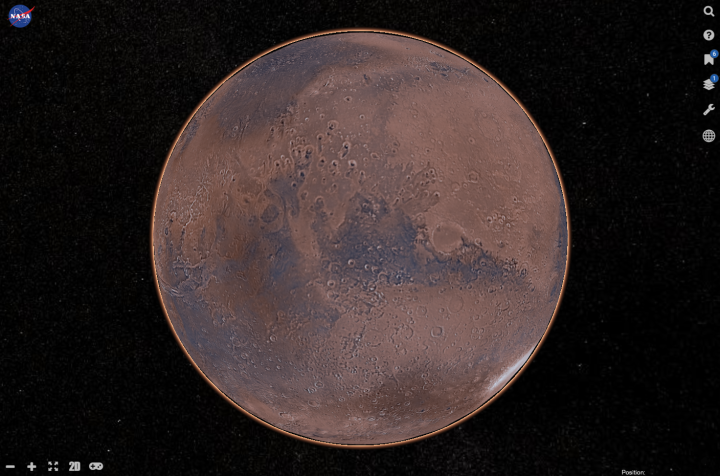
It’s not that the millions of people who “see” these things are crazy — far from it, in fact. Rather, this neural confusion is simply a wacky trick of the brain in a phenomenon scientists call “pareidolia.” Derived from the Greek para-, meaning “alongside of, instead of” and eidolon, which means “image, shape,” this strange ability of the brain explains centuries of myths and mysteries surrounding personified objects — inanimate things that suddenly become the stuff of legends.
The phenomenon first came to fame when the famed scientist Carl Sagan wrote about it in his book, The Demon-Haunted World. “As soon as the infant can see,” wrote Sagan, “it recognizes faces, and we now know that this skill is hardwired in our brains. Those infants who a million years ago were unable to recognize a face smiled back less, were less likely to win the hearts of their parents, and less likely to prosper. These days, nearly every infant is quick to identify a human face, and to respond with a goony grin.”
This means that we’re naturally prone to looking for some sort of familiar humanity wherever we go, which explains the virility of images like the woman on Mars, who captured the imaginations of sci-fi enthusiasts everywhere earlier this month.
Indeed, this tendency is actually a good thing, as Jeffrey Kluger pointed out in a Time article about the subject. “The pareidolia phenomenon is actually a deeply rooted one,” Kluger wrote, “something that helps infants focus on faces early and also allowed humans in the wild to spot danger easily — picking a potentially menacing human or animal peering out from a backdrop of leaves or scrub. Yes, more often than not it’s a false alarm, but better to overreact fifty times than under-react even once.”
Of course, in recent years, we’ve been reacting more to potential alien sightings and divine appearances than to possible predators lurking in our backyards, but you never know.
Ultimately, while it may be fun to pick out the shapes in the clouds or compare how a rock looks like a face, chances are it’s just your pareidolia acting up again.


